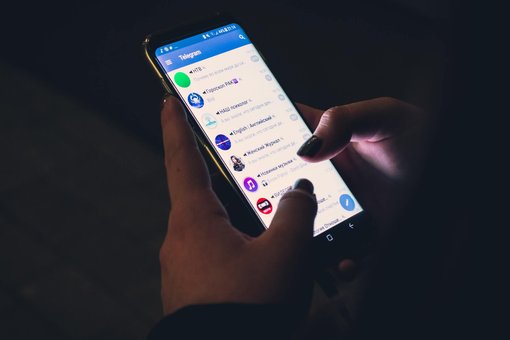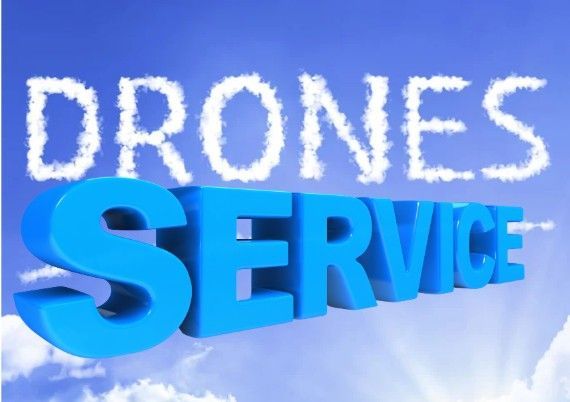- Get started with a free trial email account today for 2 months.
- See what this can do for your business!
- No Contract! Click Here... https://conta.cc/2IZyiPG
A Guide to Crisis Email Marketing During the Coronavirus (COVID-19)
The impact of the coronavirus continues to be
felt across the globe
Choose your email messaging carefully
The saying, “It’s not what you say, but how you say it” has a higher bearing on our marketing messages now more than ever. Creative special offers and the everyday buzzwords we usually use might be perceived very differently than they were before this crisis.
We have to keep protecting your brand’s reputation at the forefront of everything we do. We live in an era where 90% of customers research a company online before buying from them, and any particularly poor or embarrassing messaging choices can easily make news in your industry. As a result, our copy and messaging need to evolve and be sensitive to our current reality.
Tips to follow:
- Ensure your message speaks to your audience. The crisis communications for nonprofits dealing with COVID-19 will be completely different from the communications sent by a small online retailer to its established or regular customers. Remember to use sensitive language and never create or use discount codes or promotional sales that relate to the crisis.
- Do not insinuate that your products or services are essential or a necessity. We all believe that our services or products are a critical part of everyday life, but to get your emails opened and read, it is crucial to understand that our new normal has changed what people perceive as essential or critical.
- Try to build your messaging around the need or role that your service or product can fulfill. For example, instead of the usual “Spring Must-Haves”, ask yourself how your service or product will make your client or customer feel valued. Let them know how your product can add some relief.
- Ask yourself if your messaging comes across as sensitive and aware, but still positive. As with any outreach marketing strategy, it is very important to find the right balance between a positive and uplifting message that also does not come across as overly enthusiastic or pushy. In short, do not add to the fear and negativity, but also do not act as if nothing is wrong.
- Careful about messaging that creates a false sense of urgency e.g. “stock up” or “hurry”. With most essentials such as hand sanitizer and toilet paper in short supply, consumers will most likely be very sensitive to messages that instill additional fear and feelings of uncertainty.
Think about your email content
Do you usually make use of videos, pay-per-click (PPC) ads, or motion graphics? What would make the most sense at this stage? What can you do content-wise to ensure that your current subscribers stay engaged and hopefully continue to make purchases?
COVID-19 updates are indeed very important, but they should not be the only focus of your content and messages over the next couple of weeks.
- Before investing your time in a dedicated COVID-19 update, ask yourself if it requires a distributed email or if you have any other means that would be better suited for the update. Examples could include directly text messaging your customers or posting a general update on your website.
- Try to limit any content that focuses on one individual product when possible, and remember that you may run out of stock. Rather focus on more category-specific CTA’s and landing pages if your stock levels are unpredictable.
- Do you have a batch of new products or a new range of services coming in? If you invest in email marketing services, you can create a spaced-out release schedule that will give your subscribers something new and exciting to look forward to. By following this strategy you will have the additional benefit of distributed revenue over a longer period of time.
- Are you planning a sale? Remember that people may have a limited income during this time and they will think twice about the necessity of your product or service. Your usual customers may not be interested in certain products during this time no matter how good a deal you are offering. It is also important to remember that massive discounts at this point in time may damage your brand in the long run as it might cause your customers to only buy your product/service when you have big promotions.
- Keep an eye on the images you are using in your current content. Avoid images that feature traveling or large groups of people, rather focus on images that portray serenity and individual joy.
- Change your online messaging to include your new clients or customers, as many are transitioning to online shopping and cloud services during this time and may be brand new to your products or services. Set up quick surveys if necessary, to find out if your onboarding experience relays the necessary information and trust with your business or company.
- This could be the perfect time to do an audit of your business’ current transactional and triggered emails. Fine comb the wording of each email in your list, and adapt and update where you feel it is necessary. Be sure that each and every one of your touchpoints are meaningful and relevant. Each message should speak to our current state of affairs and relay your values.
Evaluate the timing of your email sends
Most of our daily schedules have been upended. We are missing our daily commutes, regular meetings, early morning coffee, and are learning to adapt to working from home.
Consumers are now focusing on online shopping and visiting their preferred social media channels more often. While this may make you think that marketing via social media needs to be your main focus right now, the truth is that email marketing remains the most effective tool for engaging and converting users, being seven times more effective at creating sales than the major social media outlets such as Facebook, Twitter, and LinkedIn put together.
For this reason alone, email marketing needs to remain at the forefront of your efforts to generate sales from customers, and your success can really come down to how well you evaluate the timing of when your emails should be sent.
You do not want your emails to end up in a spam folder due to not being opened, so it might be worth your while to do a limited amount of testing to gauge the ideal time for your emails to be sent. As your subscribers may now be home-bound, the optimal times may have changed significantly. Bear in mind that these schedules will have to be revisited once we return to our normal routines.
It might be worth your while to consider how the rising amounts of time spent at home can impact the usage of your product. If someone will need more or less of your product or even more or less of your usual services than usual due to the current lockdowns, try to determine how it might influence the timing around your follow-up. It is always a good idea to put replenishment triggers in place if you haven’t previously done so.
Communication and transparency go hand in hand
We’ve all had to inform our clients and customers of out of stock products or delivery delays after big promotions (think Black Friday). At this point in time, issues like these should be anticipated and planned for in advance.
Be sure to convey this to your customers or clients upfront so that it does not catch them unawares. Remember that there is no perfect formula out there that can assist you to create the perfect email. Just be honest and authentic in your communication.
Where possible, communicate any known inventory or delivery issues on your created content e.g. paid advertisements as well as on your website to ensure your customers are informed beforehand. By giving your clients or customers a well-advised heads up, you are building loyalty and trust.
If you wait to inform your client or customer of any possible delays and other issues until after they’ve made their purchase, you may have won that single purchase, but the client or customer will have experienced a negative buying experience.
After the purchase has concluded, try to reiterate the possible issues or delays again in your confirmation emails and on the accompanying invoices. Depending on your customer management system, you may have the ability to send an email or text message along with every shipping update. If not, try to get it in place as soon as possible. People look forward to receiving their online orders, and regular updates will lead to more positive buying experiences.
Remember the people behind the emails
While governments across the world — from China to Australia to Brazil, and everywhere in between — have placed strict measures to keep us safe and healthy, we are unfortunately still (at the time of writing this article) very much at risk of contracting the virus. It is very important to have a back-up plan in place for your email marketing strategy and implementation should the company or person in charge of your projects become affected in any way.
It may not be the most pleasant part of your current planning, but you do need to plan for any and all contingencies in advance to ensure that a person or company can jump in and manage your strategy or projects in order to keep the lines of communication open between you and your customers.
One such strategy to prepare for contingencies is to set up a buddy system. Whether you are managing your own projects or have a company or agency that assists you in this endeavor, it is important to establish a buddy system in order to have your back-up plan ready (where someone can step in and take the project over) at the drop of a hat. Case in point, Sydney-based web developer Nathan Finch recently came down with a mild case of COVID-19, but was able to quickly hand off operations of his Australian web hosting business to his senior staff so that customer accounts remained active.
Another important email marketing tool to use is a marketing content calendar. Your usual content calendar may not apply during this time. As such, ask your team/s to come up with a calendar that speaks to our current reality and spend some time creating a timeless bank of content together that can be used by anyone should a new project come up or the current project evolve.
In conclusion
It has been said that times of crisis does not create character, but reveals it. The way your business or company carries itself during this pandemic and the worldwide crisis will play a direct role in your ability to retain your clients or customers as you go forward.
It is also important for marketers and business owners to remember that different individuals will react differently during times of crisis. As such, think about how you would like to let people know that you understand the challenges that they are currently facing and show your concern. They might be experiencing feelings of anxiety and panic and may even be traumatized and completely overwhelmed.
By staying empathetic and mindful in our current reality, your business or brand will reap the benefits in the long term. Our current situation is only temporary, but the ripples will remain forever.
The John Ramos Blog













